By Les Tan/Red Sports
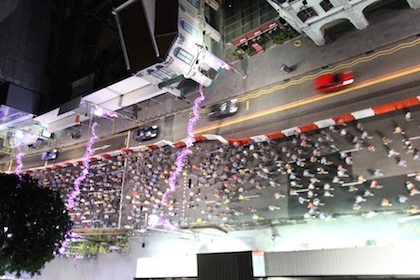
Marathoners running along Orchard Road, the start point of the 42km race. (Photo courtesy of Samantha See)
41,571 runners crossed the finishing line at the 2010 Standard Chartered Marathon Singapore on Sunday, December 5th. This contrasts with the figure of 60,000 runners hitting the streets that has been widely reported in the mainstream media. The discrepancy comes from the numbers that signed up and those who actually ran and finished their respective races.
26% of those who signed up to run 42km did not finish the race. Organisers announced that 20,000 runners had signed up for the marathon but only 14,853 crossed the finish line, according to the results on the official website, www.marathonsingapore.com.
In the 21km category, 15,000 signed up but only 11,274 finished the race for a dropout rate of 25%. For the 10km category, there were 15,444 finishers out of a total of 20,000 who signed up. That is a 23% dropout rate.
The overcrowding on the course continues to be the main gripe of runners, especially when the three categories merged at the Benjamin Sheares Bridge. The same complaint was also made in previous years.
The lack of running etiquette also bugged some runners. Some runners whipped out cameras to take photos while others were walking in the right lane, forcing other runners to waste time zig-zagging.
While some complained about having to run up slopes like the Sheares Bridge, other runners saw it as part of a challenge that a marathon should bring.
What made the Sheares Bridge a particularly challenging part of the marathon was that it came at the 36km stage of the marathon, a point where most runners were struggling with cramps and the rising heat.
Some runners have suggested that it would be a better idea to have three separate end points for the 42, 21 and 10km categories. Others also believe a qualifying time for the 42km would make the race better, as well as holding the 21 and 10km categories on a Saturday, leaving the marathon for the Sunday. Those suggestions would certainly increase the complexity of the logistics involved.
Another suggestion is to make it a 42km marathon race only, leaving out the 21 and 10km categories. This would make the event a true marathon race like the New York Marathon and would certainly raise the quality. However, the organisers so far seem intent to go for mass numbers, judging by how they have focused primarily on setting a new record for registration numbers every year. If that is the case, the overcrowding problem will probably not go away.
The event also ended on a sour note for some marathoners because organisers ran out of finisher tees in the right sizes. Only marathoners are entitled to a finisher tee but there are allegations that 21km and 10km runners were also given those tees as well. The organisers are arranging a one-for-one exchange for runners but the date has not been confirmed.

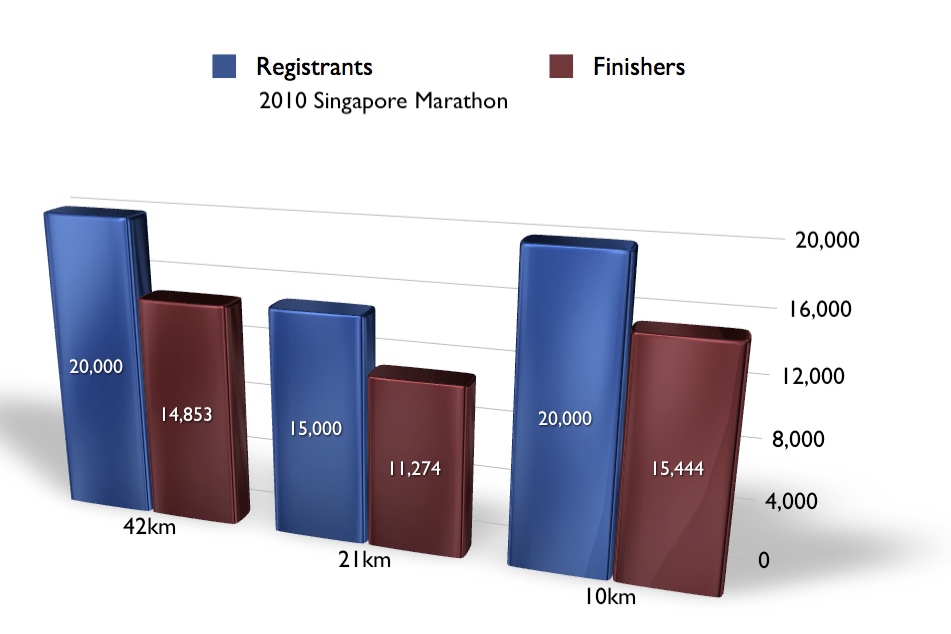
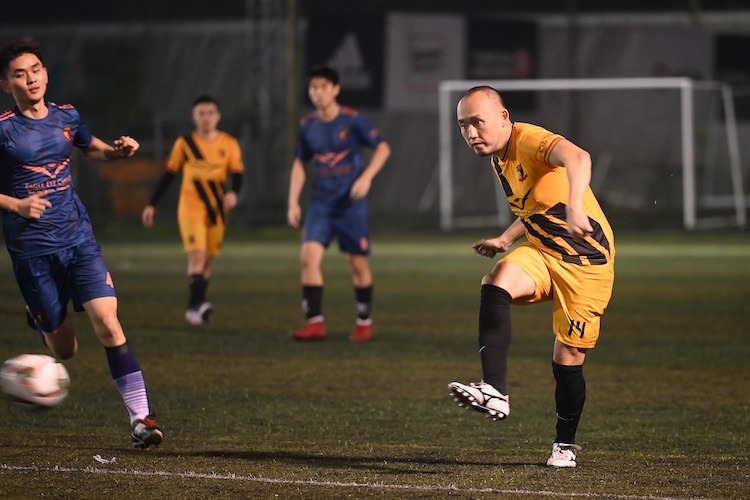
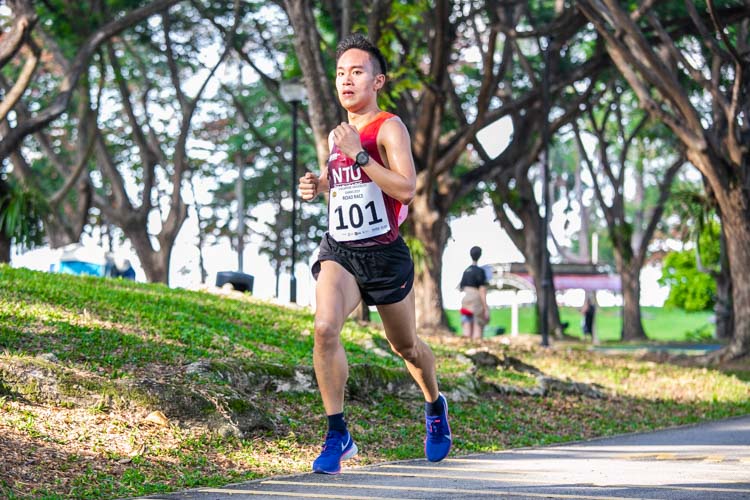
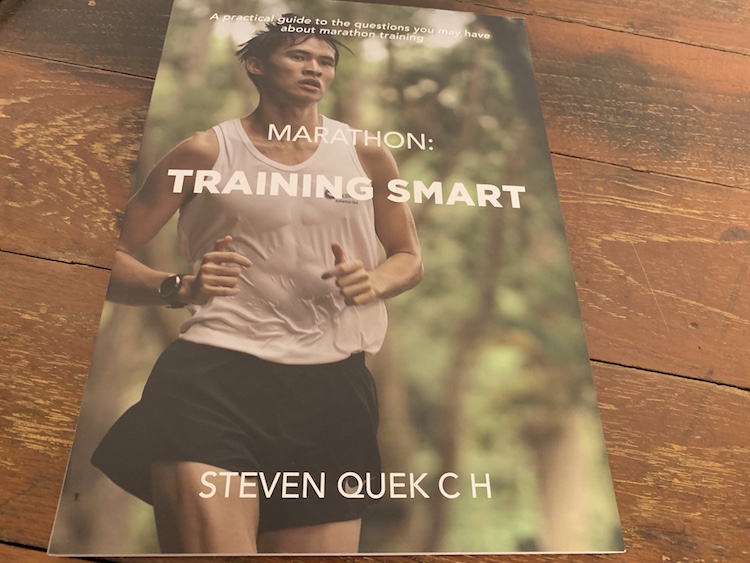
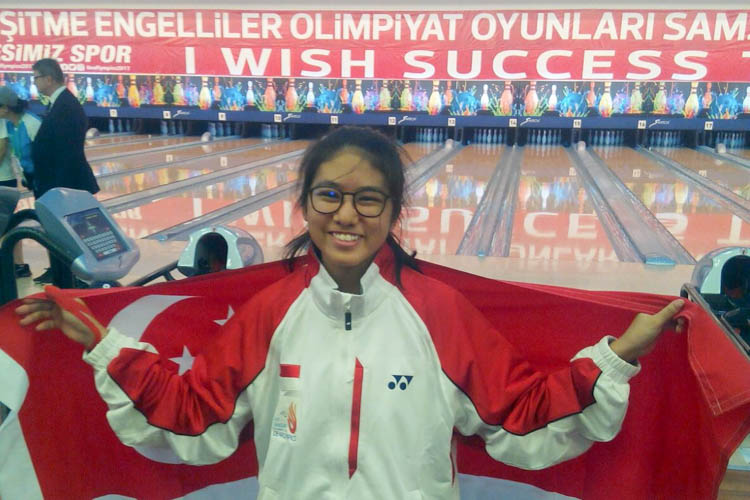
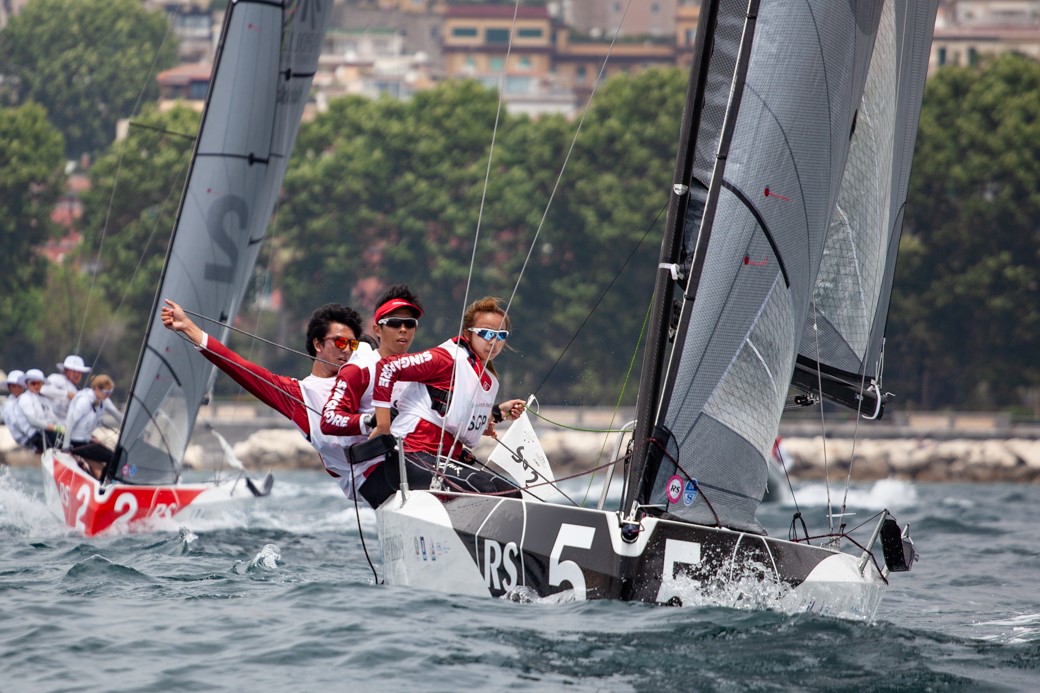
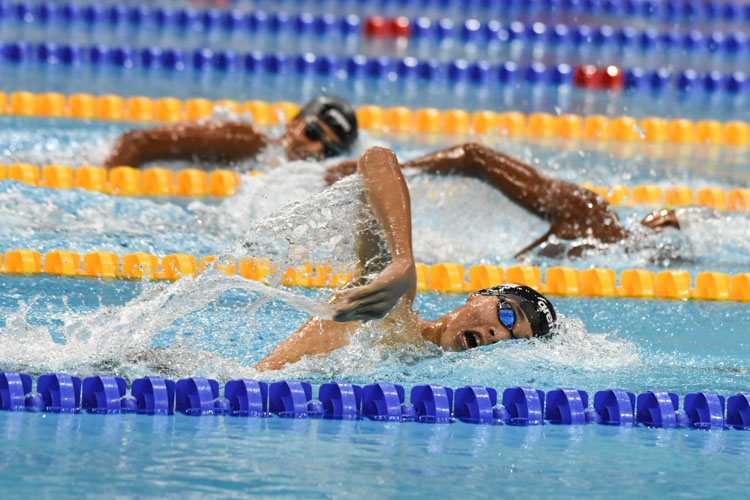
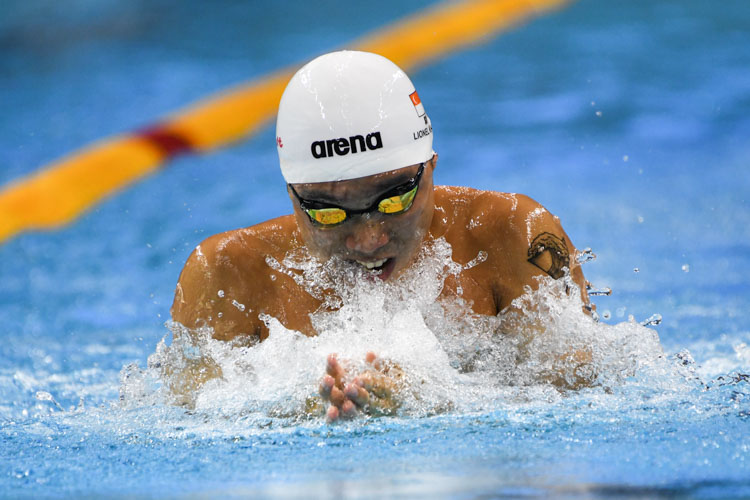

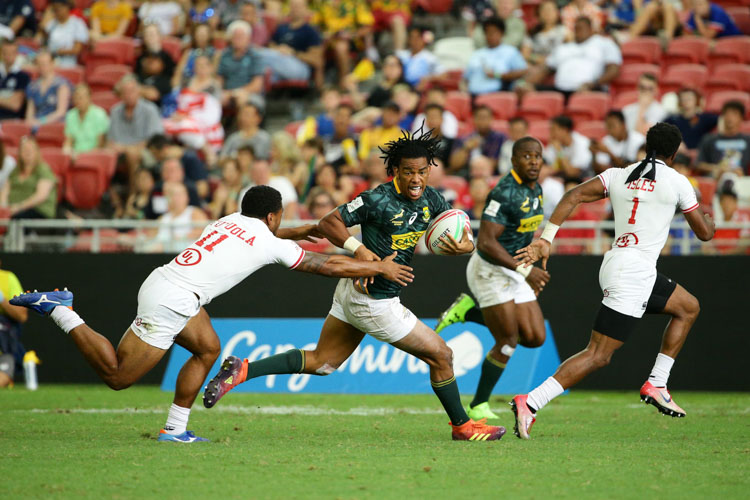
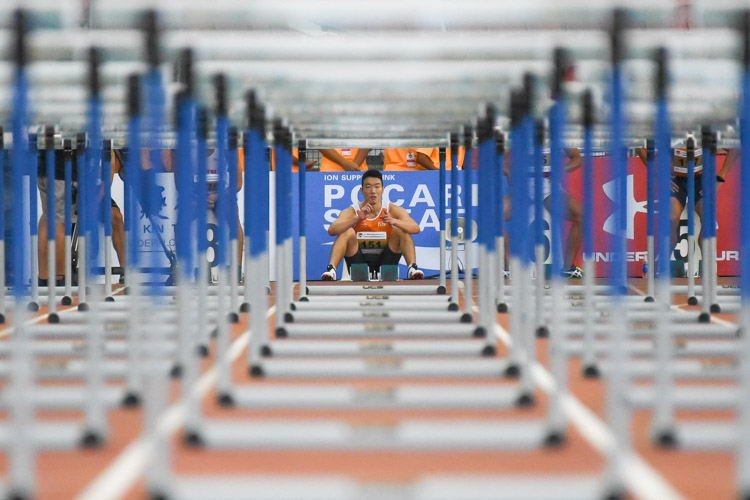
Still was an awesome turnout!